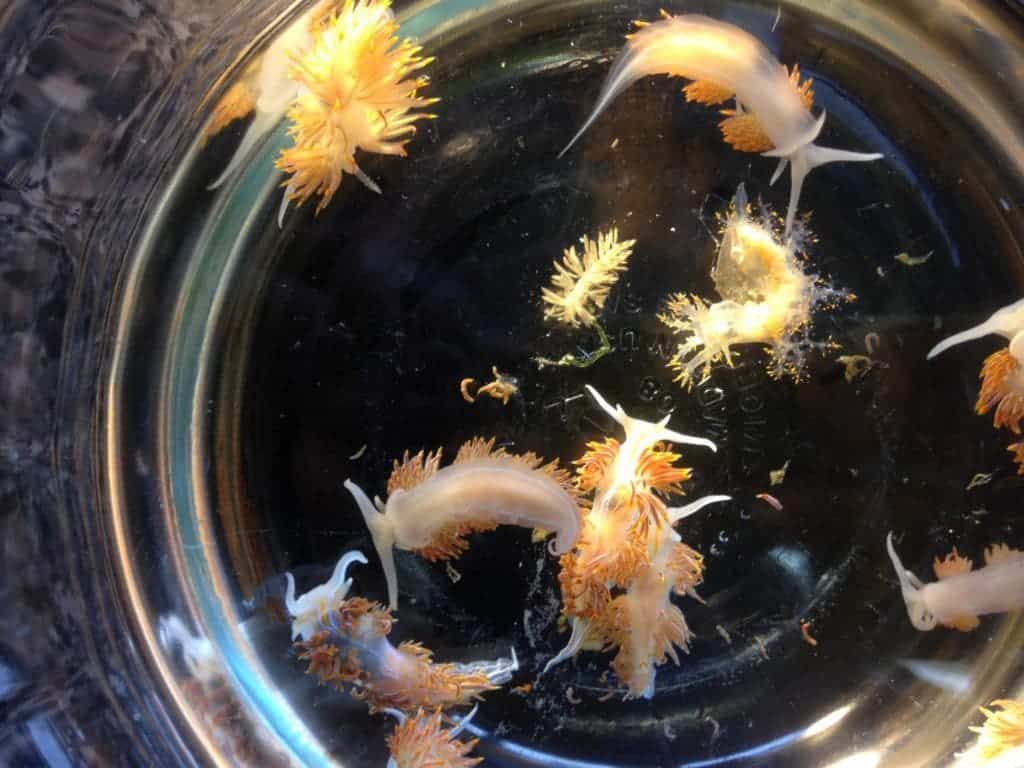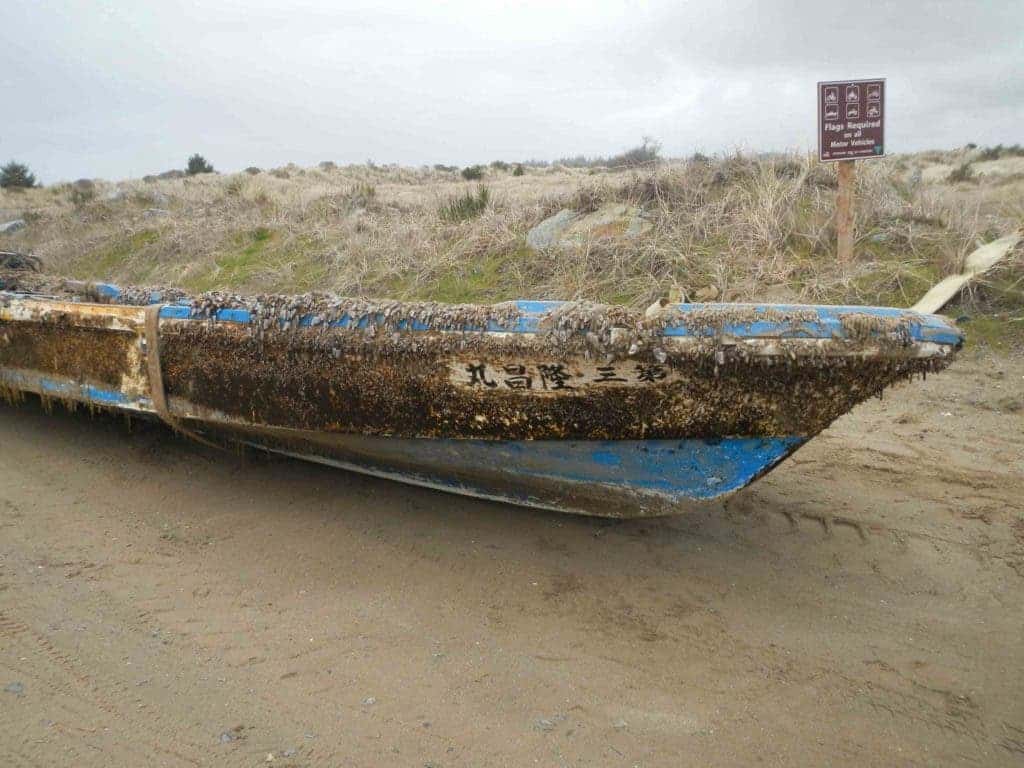Much like mankind, the animal kingdom also has refugees. When their habitats became uninhabitable following the Japanese tsunami of 2011, they fleed as far as they could, even if it meant treacherous journeys on makeshift rats.

In 2011, a dramatic 9.1 earthquake struck off the coast of Japan, creating a tsunami which left even more destruction in its wake. Men and animals alike ran, scrambling to escape the ungodly event. Researchers knew that many species escaped as far as North America, and in 2015, they were still hitching rides away from Japan. Now, for the first time, researchers detected entire communities of coastal species crossing the ocean by floating on makeshift rafts. Marine biologists from the Smithsonian Environmental Research Center in Maryland and Oregon State University report that even today, species are still arriving.
When coastal ecosystems are affected by storms or tsunamis, organisms can be rafted across oceans on floating debris, researchers write. However, such events are rarely observed, still less quantified. In this sense, the tsunami generated by the earthquake offered a good research opportunity. It turned out, as co-author John Chapman said, one of the biggest, unplanned natural experiments in marine biology.
Some 300 species arrived in America between June 2012 and February 2017, including some which have never before been seen on the continent. It’s not uncommon for species to drift from one place to another, but the sheer length of this migration is impressive.
“I didn’t think that most of these coastal organisms could survive at sea for long periods of time,” Smithsonian marine biologist Greg Ruiz, a study co-author, said in a statement. “But in many ways they just haven’t had much opportunity in the past. Now, plastic can combine with tsunami and storm events to create that opportunity on a large scale.”
The diversity of the species was also shocking. It’s not like a few species with the same profile escaped, there were all sorts of varied creatures.
“The diversity was somewhat jaw-dropping,” said James Carlton, a marine sciences professor at Williams College, in Williamstown, Massachusetts. “Molluscs, sea anemones, corals, crabs, just a wide variety of species, really a cross-section of Japanese fauna.”

None of the 289 species that arrived on debris were expected to survive the long journey, especially because the open ocean is considered to be a harsher environment for creatures used to the milder conditions of the coast. Researchers believe that their survival was facilitated by the slower speed of the drifting debris. This slow speed allowed the creatures to gradually adjust to their new conditions. Ironically, ocean pollution might have made it easier for them to survive. Researchers found many species floating on fiberglass or other plastic materials that do not decompose and could easily survive for years and years in the ocean. However, it’s not clear how many others didn’t make it.
They also believe that as more and more plastic accumulates in the ocean, creatures will have more and more rafts to float on and get from place to place — especially in the case of violent storms or tsunamis.
“There is huge potential for the amount of marine debris in the oceans to increase significantly,” added James Carlton, who is also an invasive species expert with the Maritime Studies Program of Williams College and Mystic Seaport in Connecticut.
“In many ways they just haven’t had much opportunity in the past. Now, plastic can combine with tsunami and storm events to create that opportunity on a large scale.”
Journal Reference: James T. Carlton et al. Tsunami-driven rafting: Transoceanic species dispersal and implications for marine biogeography. DOI: 10.1126/science.aao1498






